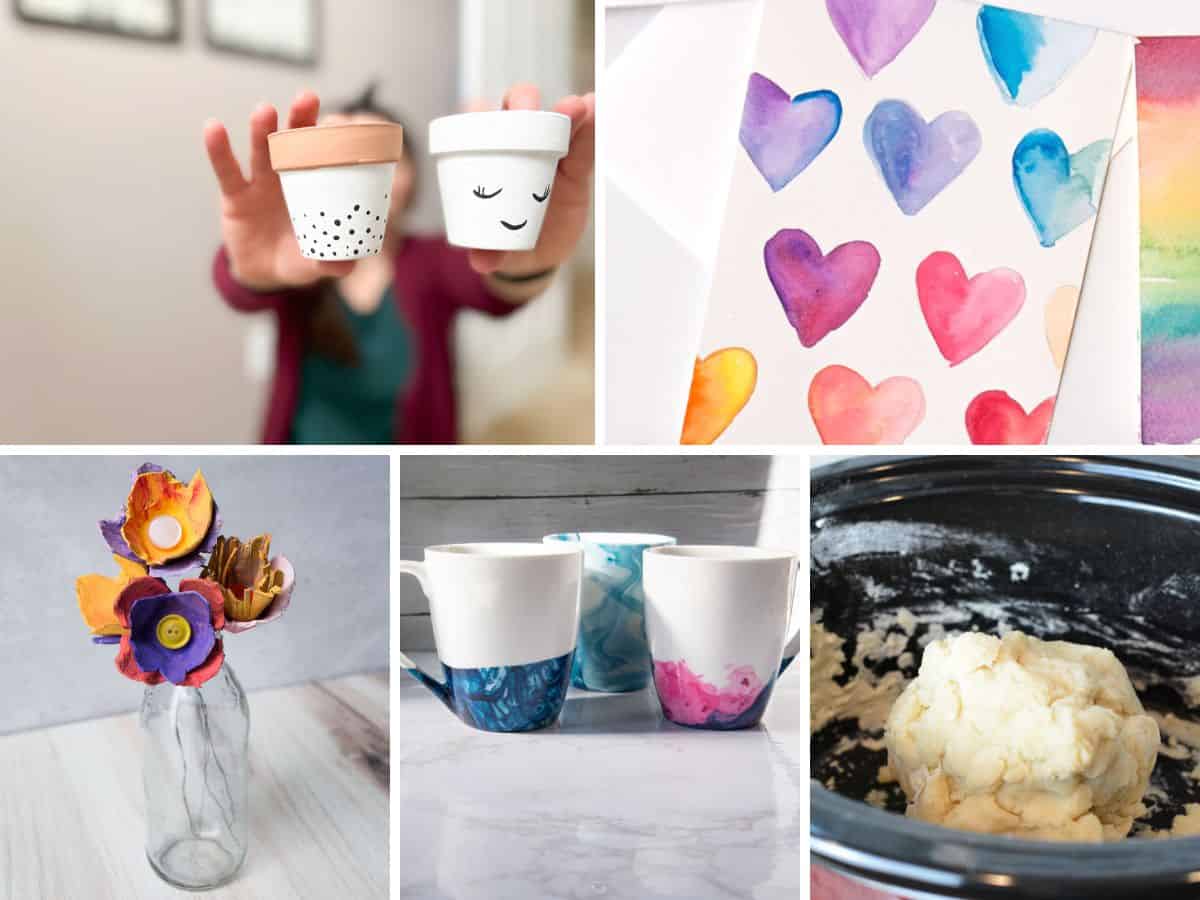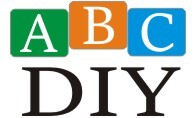DIY products to sell for students? Forget ramen noodles – this is about crafting your own entrepreneurial empire! Think beyond textbooks and late-night study sessions; imagine a world where your creative genius fuels your bank account. We’re diving headfirst into the wildly profitable (and surprisingly fun) world of student-made DIY goods, uncovering the secrets to turning your crafty skills into cold, hard cash.
Get ready to ditch the part-time job and embrace the thrill of being your own boss!
This guide is your ultimate roadmap to success. We’ll explore the most lucrative DIY product categories for students, teach you how to source materials without breaking the bank, and walk you through the entire production process, from crafting your masterpiece to showcasing it to the world. We’ll even tackle the nitty-gritty details of marketing, pricing, and legal considerations – because even crafty entrepreneurs need a bit of business savvy.
Popular DIY Product Categories for Students
So, you’re a student looking to make some extra cash? Forget ramen noodle empires – let’s build a DIY empire! This section dives into five ridiculously profitable DIY product categories perfect for the student hustle. We’ll explore their popularity, provide specific product examples, and even crunch some numbers to help you pick the perfect project.
Profitable DIY Product Categories

Five categories dominate the student DIY market, offering a blend of low production costs, high demand, and creative freedom. Each caters to a specific niche within the student population, maximizing your chances of success.
- Personalized Phone Cases: Students are glued to their phones. A personalized case is both practical and expressive. Think custom designs, embedded photos, or even quirky 3D-printed embellishments. The low startup cost and high customization potential make this a winner.
- Upcycled Clothing and Accessories: Sustainability is trendy, and upcycling old clothes into something new is both ethical and profitable. Think tie-dye, patched denim jackets, or repurposed t-shirt tote bags. This category appeals to environmentally conscious students.
- Handmade Jewelry: From beaded bracelets to minimalist earrings, handmade jewelry is always in demand. It’s relatively inexpensive to produce, allowing for flexible pricing and high profit margins. Experiment with different materials and styles to find your niche.
- Custom Stickers and Decals: Students love to personalize their laptops, water bottles, and notebooks. Creating custom stickers and decals with fun designs, quotes, or inside jokes is a simple, low-cost venture with huge potential. Digital printing makes this incredibly efficient.
- Study Supplies and Planners: Organization is key for students. Offer unique, handcrafted planners, custom notebooks, or decorative pen holders. Focus on aesthetics and functionality to stand out from mass-produced options. This appeals to the practical and organized student.
Product Category Comparison
Let’s compare these categories based on profitability, production cost, and target demographic.
| Product Category | Profitability (High/Medium/Low) | Production Cost (High/Medium/Low) | Target Demographic |
|---|---|---|---|
| Personalized Phone Cases | High | Low | All students |
| Upcycled Clothing/Accessories | Medium | Low | Environmentally conscious students |
| Handmade Jewelry | Medium | Low | Fashion-conscious students |
| Custom Stickers/Decals | High | Low | All students |
| Study Supplies/Planners | Medium | Medium | Organized students |
Sourcing Materials and Tools
Finding the right materials and tools without breaking the bank is crucial. This section explores cost-effective sourcing methods, compares retailers, and lists essential supplies for our top three categories.
Cost-Effective Sourcing
Bulk purchasing is your best friend. Websites like Alibaba or AliExpress offer wholesale pricing on many materials. Don’t underestimate the power of upcycling! Repurpose old clothes, jars, or other items to reduce costs and boost your eco-credentials. Local thrift stores can be goldmines for unique materials.
Retailer Comparison
Online retailers like Amazon, Etsy, and specialized craft supply websites offer convenience but may have higher shipping costs. Local craft stores offer immediate access to materials but might be more expensive. Weigh the pros and cons based on your needs and budget.
Essential Tools and Materials
Here’s a list of essential tools and materials for our top three categories (Personalized Phone Cases, Upcycled Clothing/Accessories, and Handmade Jewelry):
- Personalized Phone Cases: UV resin, phone case blanks, vinyl cutter (or printable vinyl), design software.
- Upcycled Clothing/Accessories: Sewing machine, fabric scraps, scissors, needles, thread, dye.
- Handmade Jewelry: Beads, wire, jewelry findings, pliers, jump rings.
Minimizing Waste
Proper planning is key to minimizing waste. Use templates to accurately measure materials. Store leftover materials carefully for future projects. Consider donating or recycling unusable materials.
Production Process and Techniques
Let’s delve into the step-by-step production process for personalized phone cases, highlighting techniques to improve quality and efficiency.
Personalized Phone Case Production
- Design Creation: Use design software to create your custom phone case design. Consider using templates to ensure proper sizing and placement.
- Material Preparation: Clean your phone case blank thoroughly. If using vinyl, weed out excess material from your design.
- Application: Carefully apply the vinyl design to the phone case, using a squeegee to remove air bubbles.
- Sealing (Optional): For added durability, consider sealing the design with UV resin. This adds a glossy finish and protects the design.
- Quality Check: Inspect the finished case for any imperfections before packaging.
Improving Production Efficiency
Invest in efficient tools like a vinyl cutter. Use templates to streamline the design and application process. Batch production can save time and materials.
Visually Appealing Packaging
Simple, yet elegant packaging elevates your product. Use clear boxes to showcase the phone case. Include a thank-you note and perhaps a small business card.
Production Challenges and Solutions
- Problem: Air bubbles under vinyl. Solution: Use a squeegee and apply pressure carefully.
- Problem: Design misalignment. Solution: Use templates and carefully measure before application.
- Problem: Resin curing issues. Solution: Follow resin manufacturer’s instructions carefully.
Marketing and Sales Strategies
Reaching your target audience requires a multi-pronged marketing approach. This section Artikels effective channels, compelling marketing materials, and pricing strategies.
Effective Marketing Channels
- Social Media Marketing: Instagram and TikTok are ideal platforms to showcase visually appealing products. Use high-quality photos and videos.
- Online Marketplaces: Etsy and Shopify provide established platforms to reach a wider audience.
- Campus Events and Clubs: Participate in campus events or collaborate with student clubs to sell your products directly to your target market.
Compelling Marketing Materials
High-quality photos are essential. Use natural light and a clean background. Descriptions should highlight the unique selling points of your product (e.g., “Customizable phone case, durable, protects your phone, expresses your style”).
Pricing Strategies
Consider your production costs, competitor pricing, and perceived value. Start with competitive pricing and adjust based on demand and sales.
Building a Brand Identity
Develop a consistent brand aesthetic across all marketing materials. Create a logo and use a consistent color scheme. Maintain a professional online presence.
Legal and Ethical Considerations
Operating a successful and ethical DIY business requires understanding relevant laws and ethical practices.
Copyright and Intellectual Property
Avoid using copyrighted designs or trademarks. If using designs inspired by others, ensure they are significantly altered to avoid infringement. Consider registering your own unique designs.
Safe Product Handling and Labeling

Ensure your products meet safety standards. Clearly label any potential hazards or allergens. Provide appropriate care instructions.
Ethical Sourcing and Pricing
Source materials ethically and pay fair prices to your suppliers. Avoid exploiting cheap labor or using unsustainable materials. Be transparent about your pricing and production costs.
Responsible Business Operations
Maintain accurate records of your income and expenses. Comply with all relevant tax regulations. Treat your customers with respect and provide excellent customer service.
Product Photography and Presentation: Diy Products To Sell For Students
High-quality product photos are crucial for online sales. This section provides tips for creating visually appealing product listings.
High-Quality Product Photos
Use natural light or a softbox to avoid harsh shadows. Use a clean, uncluttered background. Showcase the product from multiple angles to highlight its features.
Finish your research with information from diy planter ideas for home.
Importance of Lighting and Composition, Diy products to sell for students
Good lighting makes your products look professional and appealing. Careful composition creates visually pleasing images that draw the eye to the product.
Visually Appealing Product Listings
Use high-resolution images. Write compelling descriptions that highlight the product’s benefits. Include s to improve search visibility. Use clear and concise language.
Mock-up Product Listing Page
Imagine a clean, white background. A series of high-quality photos showcase a vibrant, personalized phone case from various angles. The description highlights the customization options, durability, and unique design. A clear price and a “Buy Now” button complete the listing. The overall aesthetic is clean, professional, and inviting.
So, there you have it – a crash course in transforming your DIY passion into a profitable venture. Remember, the key is to find your niche, embrace your creativity, and market your products with flair. Don’t be afraid to experiment, learn from your mistakes, and most importantly, have fun! The world of student entrepreneurship awaits, brimming with opportunity.
Now go forth and conquer the marketplace – one handcrafted item at a time!
FAQ
What if I don’t have any crafting skills?
Don’t worry! Many successful DIY products require minimal skill. Start with simple projects and gradually increase complexity as you gain experience.
How do I find my target audience?
Consider your fellow students! What problems do they face? What products would make their lives easier or more fun? Social media surveys can be incredibly helpful.
Where’s the best place to sell my products?
Online marketplaces like Etsy and Shopify are great options, but don’t discount in-person sales at campus events or local markets.
What if my products don’t sell well initially?
Don’t get discouraged! Analyze what didn’t work, adapt your strategy (pricing, marketing, product design), and try again. Learning from failures is part of the process.

